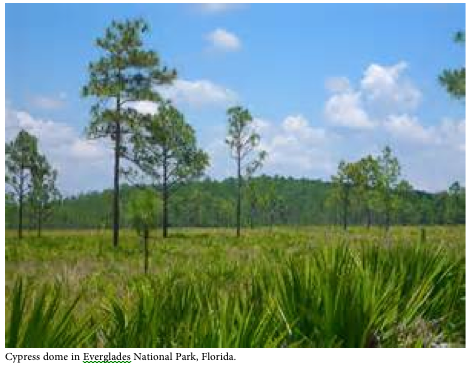THE INHERENT EPHEMERALITY OF WETLANDS
As a citizen, an environmentalist, and a scientist, I am absolutely committed to the conservation and preservation of wetlands. The ecosystem services provided by wetlands are immense; their hydrologic, ecologic, economic, and aesthetic values are long since beyond serious question. However, as we strive to protect these inarguably valuable resources, we need to keep one thing in mind—marshes, swamps, bogs, and other wetlands are inherently and irreducibly subject to change.
First, many of them are geologically ephemeral. They are recently formed and very young in geological terms, and under no circumstances would they be expected to remain static—geomorphically, hydrologically, ecologically, or locationally—for very long. The estuaries of the Gulf coast of the U.S., for example—and their associated tidal flats, salt and freshwater marshes, mangrove swamps, freshwater swamps, etc.—were established in approximately their current locations only about 3000 years ago. That’s nothing in geological time. Even at that, both the external boundaries and internal dynamics have been anything but static in that time, and change is ongoing. This kind of youth and dynamism is the rule, not the exception, for wetlands around the world.

